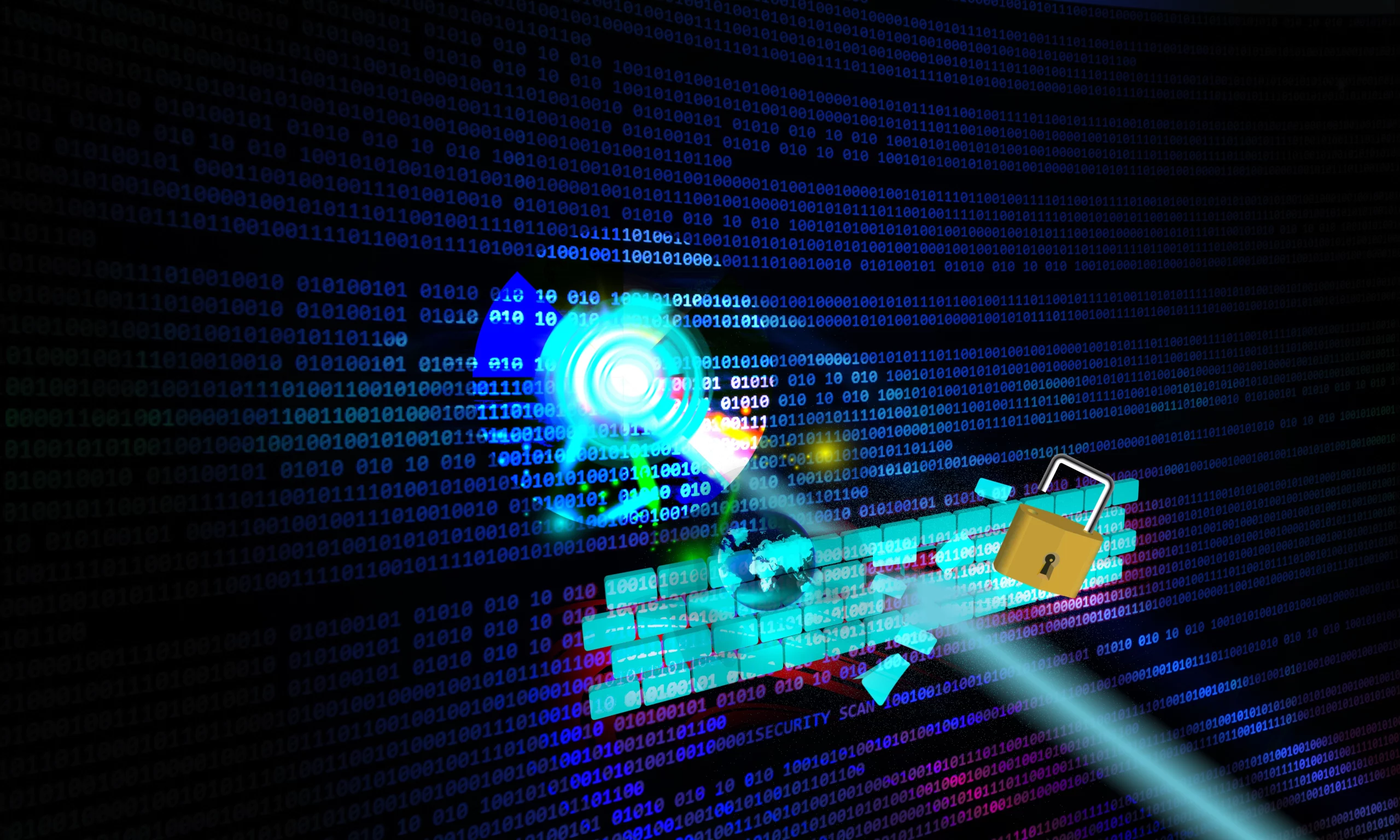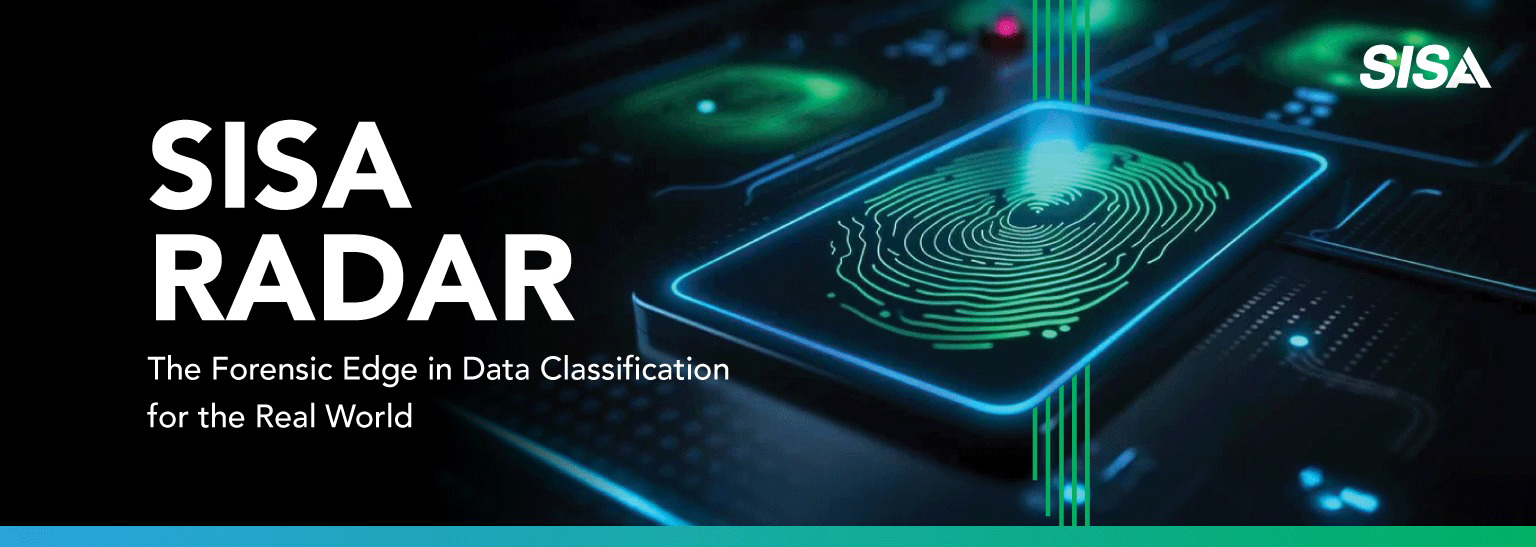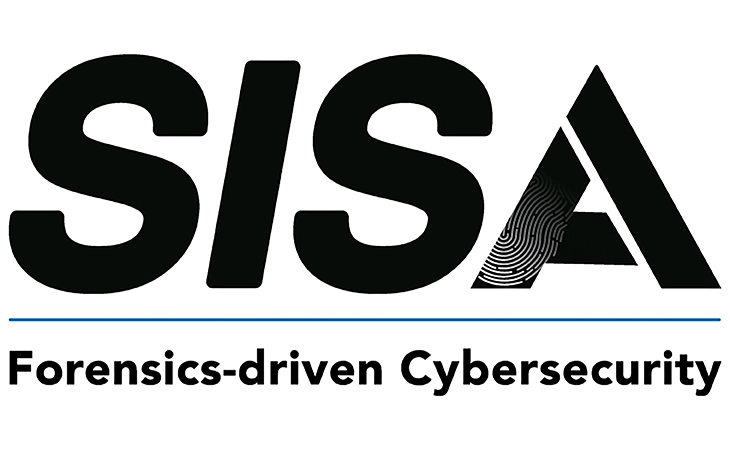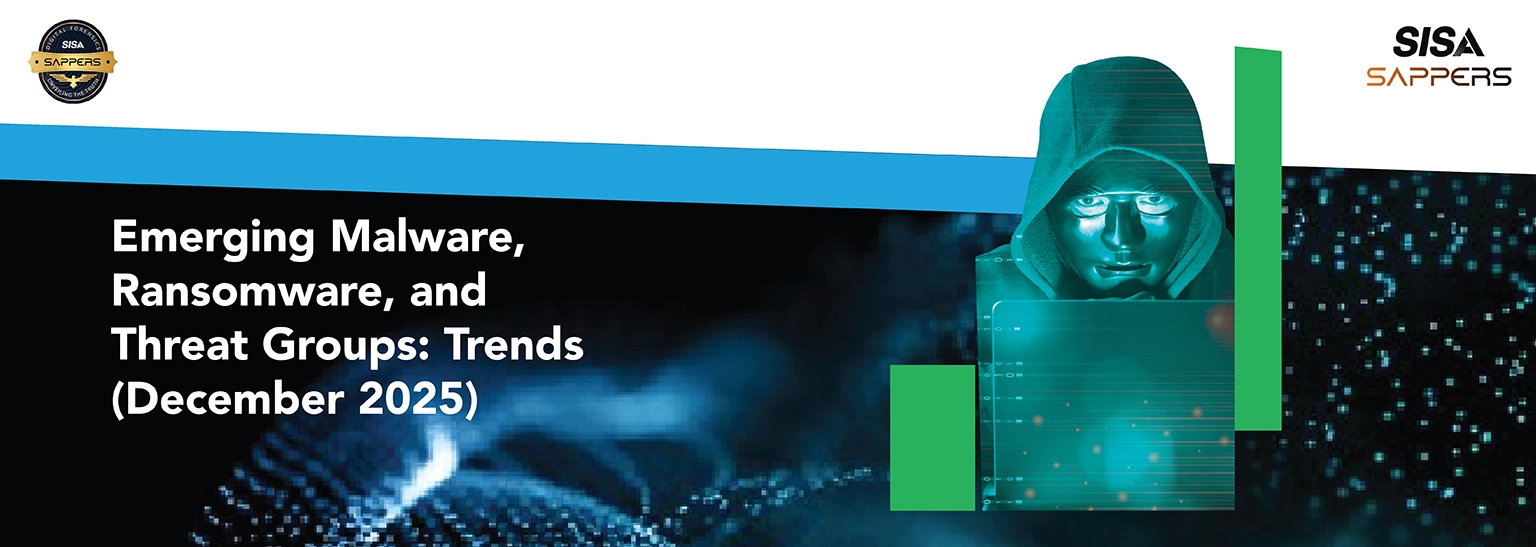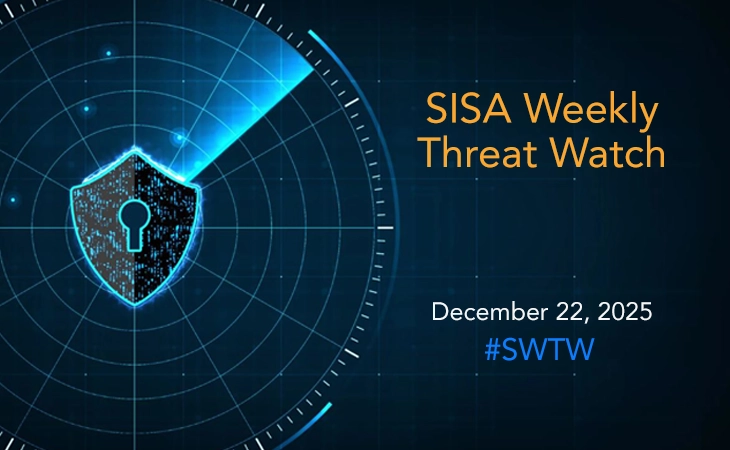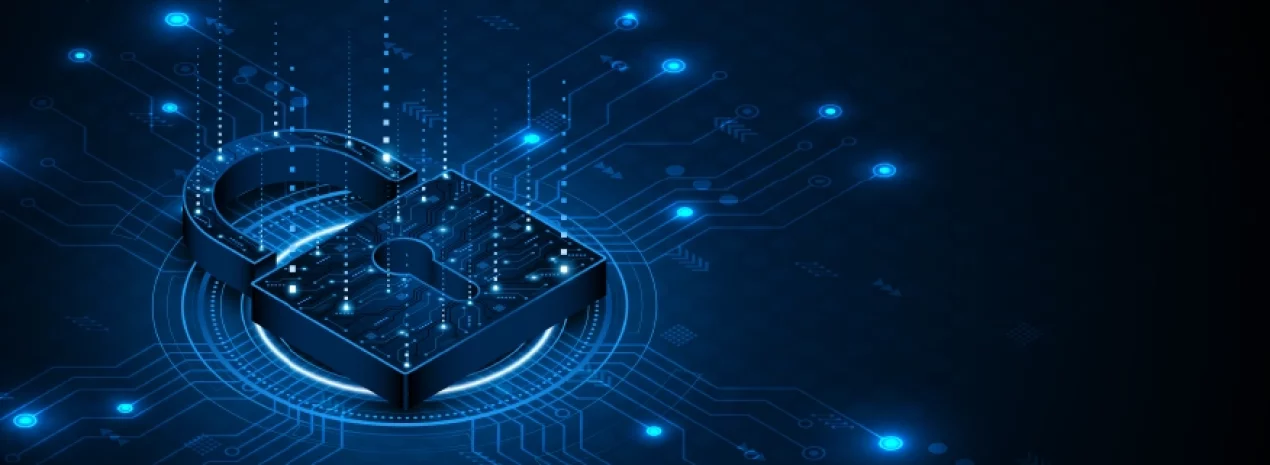
Personally Identifiable Information (PII) Data Examples: Everything To Know
What Is Personally Identifiable Information (PII)?
Personally Identifiable Information (PII) refers to any data that can identify an individual, either on its own or when combined with other information. This includes direct identifiers like Social Security numbers (SSNs) and indirect identifiers like ZIP codes or birthdates, which become PII when linked to other data. Understanding PII is critical for compliance with privacy laws and safeguarding against identity theft, financial fraud, and reputational damage.
PII Data Examples: Sensitive vs. Non-Sensitive
PII falls into two categories:
1. Sensitive PII
This data can cause significant harm if exposed. Examples include:
Social Security numbers (SSNs)
Passport or driver’s license numbers
Financial account or credit card details
Medical records or health insurance information
Biometric data (fingerprints, facial recognition)
Login credentials (usernames, passwords)
2. Non-Sensitive PII
While not inherently risky, this data can identify individuals when combined with other details:
Full name (if unique)
Email or physical address
Phone number
Date of birth
Race, gender, or religion
Geolocation (city, ZIP code)
Social media handles or IP addresses
Example: A public LinkedIn profile showing your name and employer isn’t sensitive alone, but paired with your birthdate and address, it could enable identity theft.
Why Is Protecting PII Critical?
1. Prevent Identity Theft
Cybercriminals use stolen PII to open fraudulent accounts, file fake tax claims, or drain bank accounts.
2. Legal Compliance
Laws like the EU’s GDPR and California’s CCPA impose strict rules for handling PII. Non-compliance can lead to fines up to 4% of global revenue (GDPR) or $7,500 per violation (CCPA).
3. Maintain Trust
Data breaches erode customer trust. For example, the 2017 Equifax breach exposed 147 million SSNs, costing the company over $1.4 billion in settlements.
4. Avoid Financial Losses
The average cost of a data breach in 2023 was $4.45 million, with healthcare and financial sectors hit hardest.
How Is PII Stolen?
Cybercriminals use tactics like:
Phishing: Fake emails trick users into revealing passwords or SSNs.
Malware: Spyware logs keystrokes to steal credit card details.
Data Breaches: Hacking into corporate databases (e.g., the 2018 Facebook-Cambridge Analytica scandal).
Physical Theft: Stealing mail, wallets, or devices containing unencrypted data.
Global PII Regulations
1. GDPR (EU)
Defines PII as any data linked to an identifiable person. Requires consent for data collection and mandates breach notifications within 72 hours.
2. CCPA (California)
Grants residents rights to access, delete, or opt out of the sale of their PII.
3. HIPAA (U.S.)
Protects health-related PII, requiring encryption and access controls for medical records.
4. PIPEDA (Canada)
Governs private-sector data collection, emphasizing transparency and user consent.
Best Practices to Protect PII
Minimize Data Collection: Only gather essential PII.
Encrypt Data: Use AES-256 encryption for stored or transmitted data.
Access Controls: Apply role-based permissions and multi-factor authentication (MFA).
Employee Training: Teach teams to spot phishing and handle data securely.
Regular Audits: Monitor systems for vulnerabilities and unauthorized access.
Incident Response Plan: Outline steps for breach containment and notification.
Pro Tip: Tools like data loss prevention (DLP) software and anonymization techniques (e.g., masking SSNs) add layers of security.
Conclusion
From SSNs to geolocation data, PII is a goldmine for cybercriminals and a legal liability for organizations. By classifying data, adopting encryption, and staying compliant with evolving regulations, businesses can mitigate risks and build trust. Solutions like SISA Radar, a powerful data discovery and classification tool, help organizations identify and safeguard sensitive data across systems—proactively reducing exposure and ensuring regulatory compliance. Prioritize PII protection—your customers’ privacy and your reputation depend on it.
FAQs
1. Is an IP address considered PII?
Under GDPR, yes—IP addresses can identify users when combined with other data.
2. What’s the difference between PII and PHI?
Protected Health Information (PHI) is a subset of PII specific to medical records, governed by HIPAA.
3. Can businesses sell non-sensitive PII?
Under CCPA, consumers can opt out of the sale of their PII, even if it’s non-sensitive.
4. How long should companies retain PII?
Only as long as necessary. GDPR mandates deletion once data is no longer needed for its original purpose.
5. Does GDPR apply to non-EU companies?
Yes, if they process EU residents’ data or offer goods/services in the EU.
Latest
Blogs
Whitepapers
Monthly Threat Brief
Customer Success Stories
 USA
USA India
India APAC
APAC Middle East
Middle East Global
Global


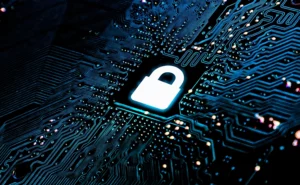



 Facebook
Facebook Linkedin
Linkedin  X
X Youtube
Youtube


